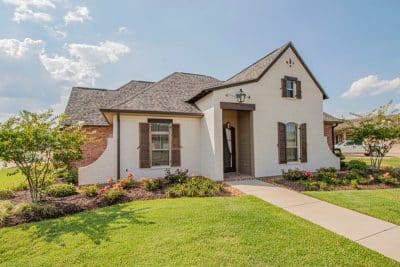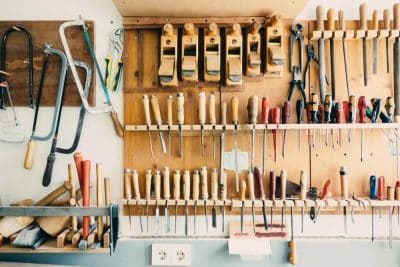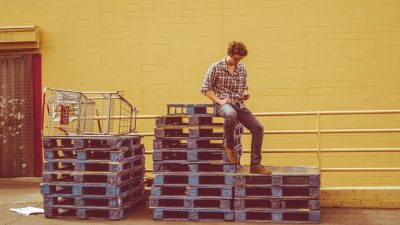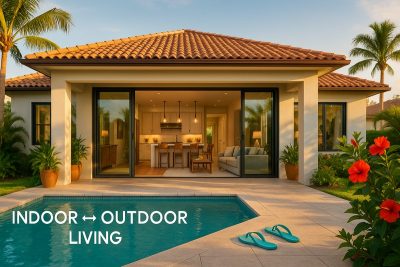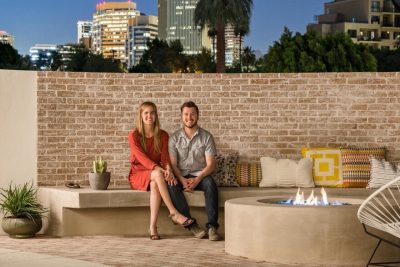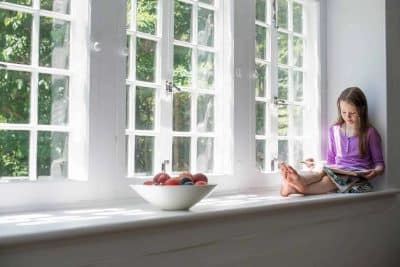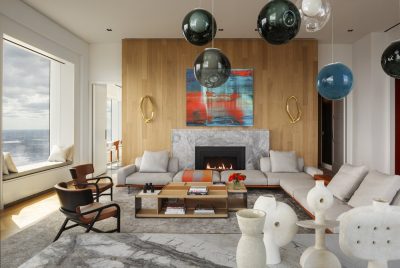
Homeowners and architects seeking a balance of strength, beauty, and affordability are increasingly choosing Loglap Cladding. With its rounded profile and clean finish, this type of timber cladding offers both traditional charm and modern performance. It’s widely used for home extensions, garden studios, and outbuildings where the look and feel of natural wood remain important. When paired with quality timber treatments, Loglap provides a weather-resistant and long-lasting exterior that requires minimal upkeep.
What Makes Loglap Cladding Unique
Unlike flat or square-edge boards, Loglap Cladding features a curved outer face that creates soft shadows and the visual depth of a log cabin. This subtle curvature gives façades a warmer, more natural appearance compared to the sharper lines of modern panels.
Each board is designed with a tongue-and-groove interlocking system, ensuring a secure, tight fit. This system minimizes water ingress, improves insulation, and reduces air gaps — key factors for buildings in regions with variable weather conditions.
The boards are typically between 121–145 mm in width and 18–22 mm in thickness, providing robust protection while remaining lightweight enough for quick installation.
Material Options and Finishes
Loglap Cladding is available in several wood species and engineered timber variants, each with distinct characteristics:
- Redwood and Pine – Affordable, easy to work with, and ideal for residential projects.
- Thermowood or Thermo Pine – Heat-treated for improved dimensional stability and resistance to decay. It’s 40–50% more durable than untreated softwood.
- Cedar and Larch – Naturally durable timbers with rich tones and excellent resistance to moisture and insects.
- Composite and Recycled Timber Options – Increasingly popular for low-maintenance façades and sustainable construction.
Natural finishes can be left untreated, allowing the timber to weather to a silver-grey patina over time — a desirable look in coastal or rural architecture. For color retention and added UV protection, many homeowners apply microporous oils or water-based stains every 3–5 years.
Applications for Contemporary Homes
The versatility of Loglap Cladding makes it suitable for both modern and traditional buildings. Common applications include:
- External façades and walls – Adds texture and insulation while protecting against wind and rain.
- Garden offices and studios – Enhances visual appeal and acoustic performance.
- Garage and shed conversions – Provides a natural upgrade from plain metal or brick finishes.
- Interior feature walls – Brings warmth to minimalist interiors or biophilic designs.
Architects often combine Loglap with steel, concrete, or glass to soften the industrial look of modern constructions. The rounded form also helps façades blend naturally into landscaped surroundings — a key principle in sustainable design.
Weather Resistance and Longevity
Properly installed and maintained Loglap Cladding can last 30 to 60 years, depending on the timber type and exposure. Its overlapping profile efficiently channels rainwater, reducing moisture absorption.
For coastal or high-exposure zones, additional protection is recommended:
- Use a pressure-treated or thermally modified timber rated Class 2 or higher for external use (per EN 350 durability standards).
- Apply breathable coatings that allow the timber to release moisture naturally.
- Ensure correct installation with stainless-steel fixings and ventilation gaps to prevent condensation.
Routine cleaning once or twice a year helps remove surface dirt and biological growth, preserving the cladding’s original look.
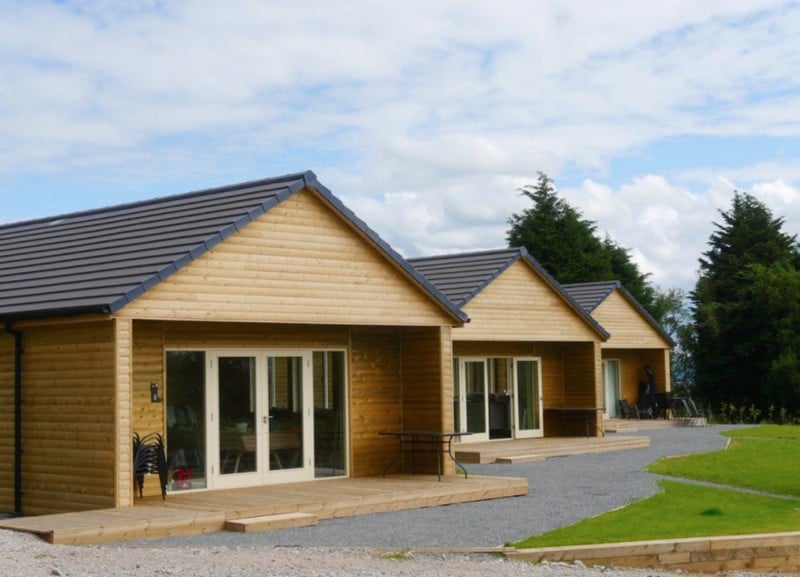
Sustainability and Environmental Performance
Sustainability is another reason why Loglap Cladding remains popular among eco-conscious homeowners.
Most suppliers now source wood from FSC® or PEFC-certified forests, ensuring responsible forestry and renewable sourcing.
Timber cladding also has one of the lowest embodied carbon footprints of any building material. Each cubic meter of wood stores around 900 kg of CO₂, making Loglap an environmentally friendly choice for those seeking to reduce their home’s carbon impact.
Cost and Installation Considerations
The cost of Loglap Cladding varies by species and finish:
- Softwood Loglap: £25 – £40 per m² (supply only)
- Thermowood or Cedar: £50 – £85 per m²
- Composite Loglap panels: £60 – £100 per m²
Installation is straightforward for professionals and experienced DIYers. Boards are usually fixed horizontally with hidden nails or screws, starting from the base and working upward. It’s important to leave expansion gaps and allow for ventilation behind the boards to prevent warping.
Shiplap Cladding: A Close Alternative
For homeowners who prefer a sharper, more contemporary aesthetic, Shiplap Cladding offers an excellent alternative. Shiplap boards feature a flatter face with a subtle overlap, creating clean, horizontal lines that complement minimalist designs.
Both Loglap and Shiplap share similar weatherproofing advantages, but many architects now mix the two profiles to create façades with contrasting textures — curved and smooth surfaces that play beautifully with light and shadow.
Conclusion
Loglap Cladding remains one of the most practical, durable, and visually pleasing timber cladding choices available today. It merges craftsmanship with performance, offering warmth, texture, and longevity in one sustainable package.
Whether you’re building a garden studio, renovating a rural home, or modernizing an urban façade, Loglap’s combination of natural beauty, insulation benefits, and environmental credentials makes it a smart, long-term investment for any contemporary property.
Frequently Asked Questions (FAQ)
1. How long does Loglap cladding last?
With proper installation and regular maintenance, Loglap cladding can last 30–60 years. Heat-treated or hardwood versions such as Thermowood and Cedar offer the longest service life, even in coastal or high-moisture environments.
2. What is the difference between Loglap and Shiplap cladding?
The main difference lies in the board profile. Loglap features a curved front, giving a rounded, log-like appearance, while Shiplap has a flat, linear face for a more contemporary finish. Both are durable and weatherproof, but Loglap tends to look softer and more traditional.
3. Does Loglap cladding need painting or staining?
No, it doesn’t need painting, but applying UV-resistant oil or microporous wood stain every few years helps preserve color and extend lifespan. Untreated timber will naturally weather to a silver-grey patina, which many homeowners find appealing.
4. Is Loglap cladding suitable for garden rooms and sheds?
Yes. It’s one of the most popular choices for garden offices, studios, and sheds because of its insulation properties, ease of installation, and warm, natural appearance. Its interlocking profile helps protect against rain and wind, making it ideal for outdoor structures.
5. How sustainable is Loglap cladding?
When sourced from FSC® or PEFC-certified forests, Loglap is a renewable and carbon-negative material. Timber stores CO₂ throughout its lifetime, making it one of the most eco-friendly cladding options available today.

